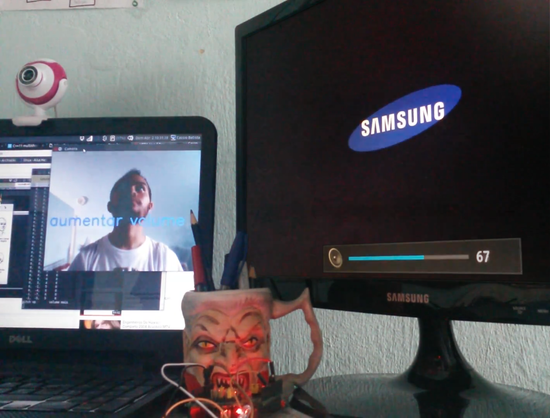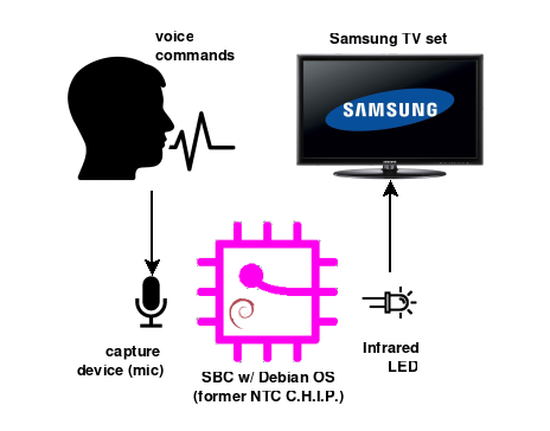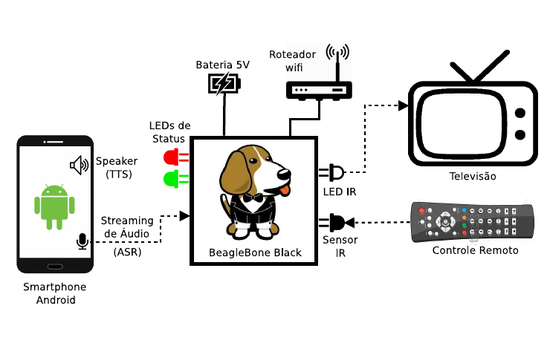Speech processing researcher
Grupo FalaBrasil
Cassio T Batista
This is a legacy website. Please refer to @cassiotbatista instead.
I have a PhD degree in Computer Science (2023) conferred by Federal University of Pará (UFPA) in Belém, Brazil. Currently, I am doing research in speech processing at Vivoka in Metz, France. My professional experience includes mostly speech recognition and machine learning.
Interests
- Speech processing
Education
-
PhD in Computer Science, 2023
Federal University of Pará
-
MSc in Computer Science, 2017
Federal University of Pará
-
BSc in Computer Engineering, 2016
Federal University of Pará






